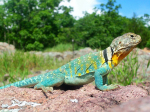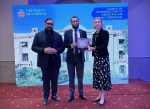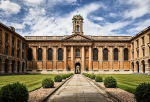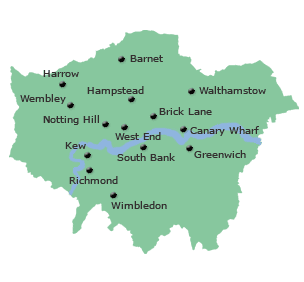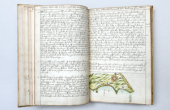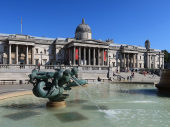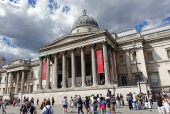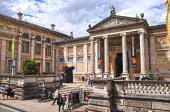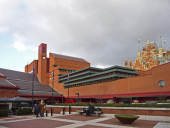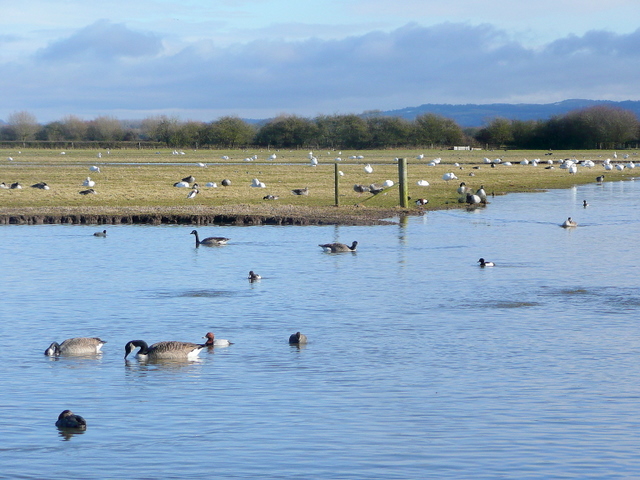
The London Wetland Centre in Barnes, south-west London, marks its 25th anniversary this year — a milestone for what was once the world’s largest man-made wetland in a capital city.
Described by Sir David Attenborough as “an extra lung for Londoners,” the centre has become a vital green space for wildlife and people alike.
Nestled along the Thames, the site was once home to disused Victorian reservoirs. In the 1990s, plans were in motion to develop the area, but a campaign led by the Wildfowl and Wetlands Trust (WWT), along with its founder Sir Peter Scott, helped transform the space into a nature reserve instead.
Through a combination of Lottery funding, private donations, and a partnership with Berkeley Homes, the site was acquired from Thames Water and reshaped — preserving nature and adding 280 new homes alongside the reserve.
When it officially opened in 2000, Sir David Attenborough called the transformation “sensational.” Just two years later, the site earned the prestigious status of a Site of Special Scientific Interest from Natural England. A decade after opening, Sir David returned, declaring the reserve "an ideal model for how humankind and the natural world may live side by side in the 21st century.”
BBC Springwatch presenter Chris Packham also praised the project, calling it “one of the most important conservation projects of the past century.”
The site today is a vibrant ecosystem, home to a wide range of species. From reed buntings and warblers to dragonflies and water voles, the centre has become a biodiversity hotspot. Once barren concrete basins now teem with life thanks to carefully designed habitats, including shallow pools, reed beds, and wildflower meadows.
Reserve Manager Adam Salmon, who has worked at the centre since its inception, reflected on the site’s journey:
“Back then, it was just concrete reservoirs. Biodiversity was low — a few ducks, that’s it. But with diverse habitats in place, biodiversity has soared.”
There are now 19 species of breeding dragonflies, as well as grass snakes, slow worms, and flourishing wildflowers. The centre has become a sanctuary not just for wildlife, but also for the many visitors who come to learn and explore.
Education was a core mission from the beginning. The centre regularly hosts school groups and international delegations keen to learn about urban wetland conservation. General Manager Alexia Hollinshead says the centre has inspired visitors from around the world — including Korea, China, Singapore, and Israel — looking to replicate its success.
“We’re often looked at as a blueprint,” she said. “We engage frequently with international groups to share knowledge on how to run urban wetlands.”
Looking ahead, education and engagement remain central goals.
“This is such an important site for learning,” said Hollinshead. “We have so much potential to do more — locally and globally.”
As a statue of Sir Peter Scott stands quietly among the reeds and swans, the London Wetland Centre continues to thrive — a living, breathing symbol of what can happen when nature and community come together. Photo by Jonathan Billinger, Wikimedia commons.













